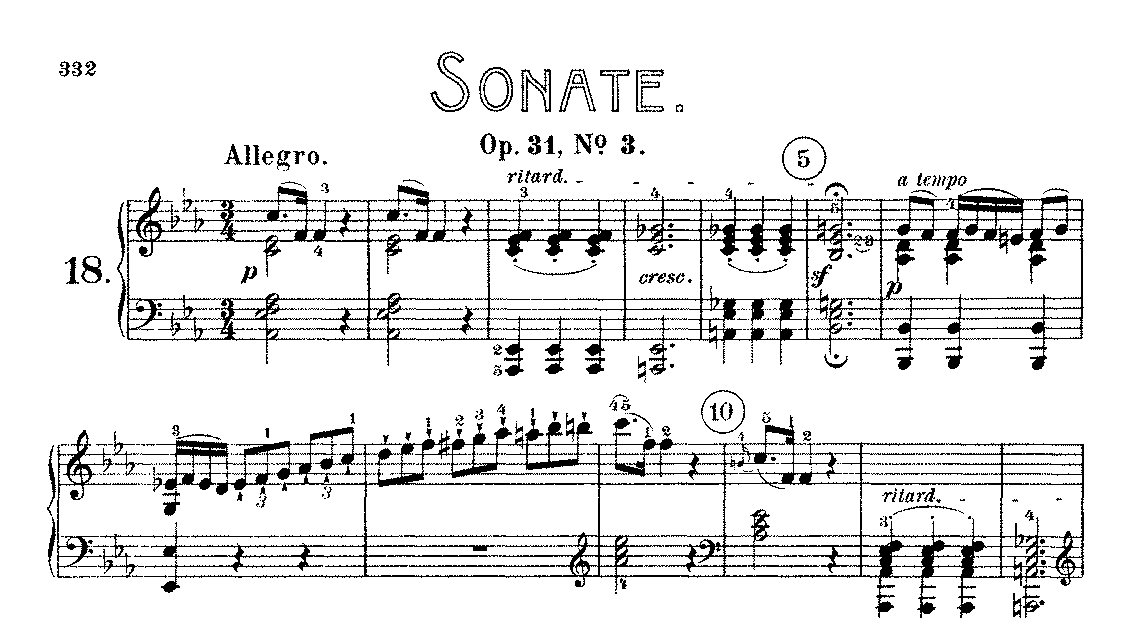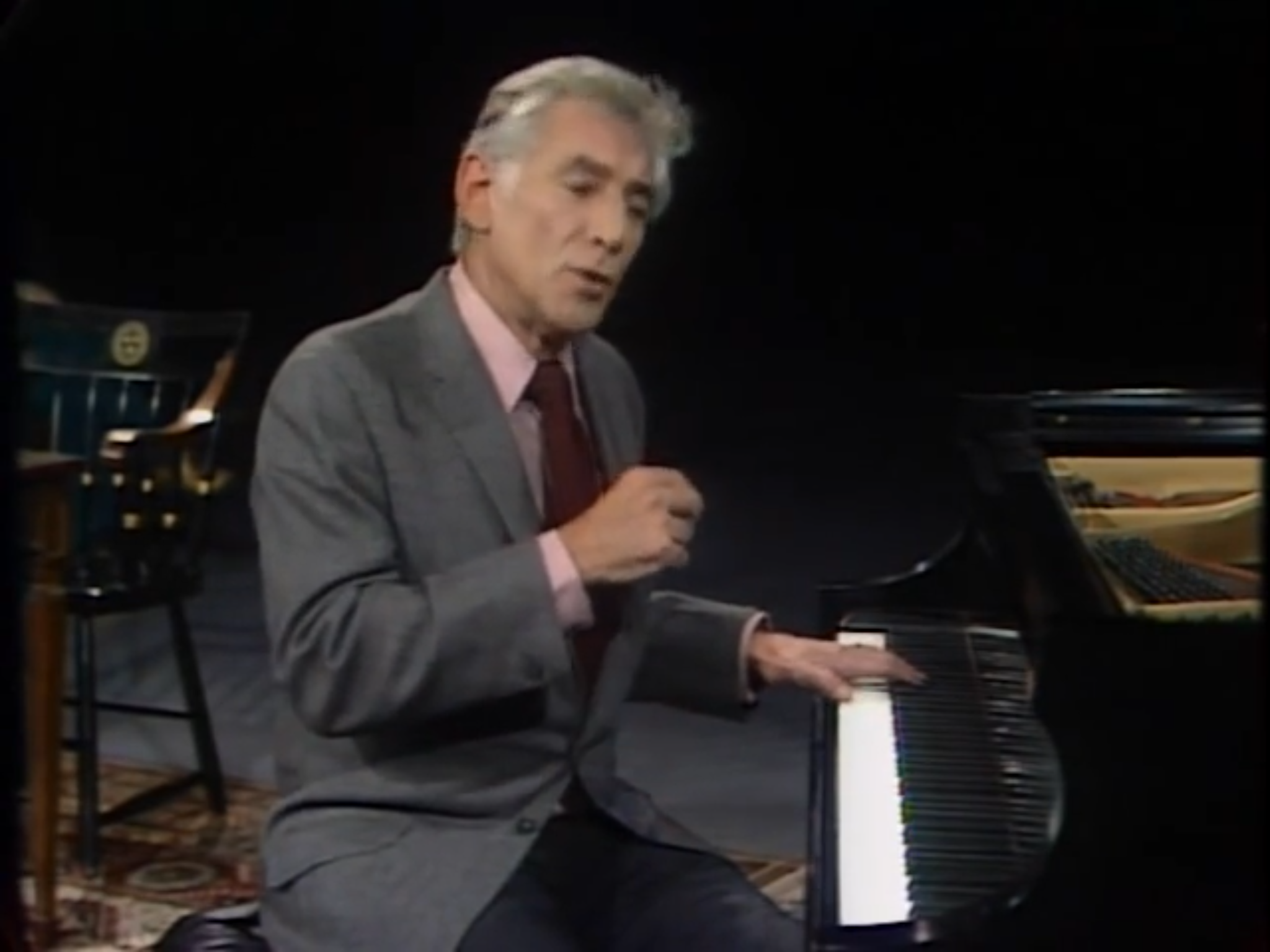Béla Bartók’s Music for Strings, Percussion, and Celeste highlights Bartók's mastery of orchestration, and innovation with rhythm. However, the opening movement perhaps least exemplifies these features (relative to the other movements). The first movement of the work instead showcases his mastery of counterpoint with a particularly praiseworthy example.
I wrote a sort of open letter to many of my former directors and teachers coming from the band world, which I've reprinted in modified form below:
This is one of the most informative and educational videos on any musical topic that I have ever seen. Youtuber Vihart has condensed many hours of information into the densest half hour explainer on serialism one could imagine.
I occasionally write for Sequenza21. Here's a concert review from a very special concert I attended in 2013:
Greenberg managed to turn the cramped, uncooperatively spare stage to her advantage, projecting into the space a smokey, claustrophobic Buenos Aires alleyway positively dripping with sinful lust and criminality, where “Hustlers, pimps, and devils appear at every turn,” as Greenberg wrote in the program.
...Bartok, for instance, gives us not only metronome markings, but precise timings for sections as a second check against grossly deforming his works. He believes his music to be more delicate with regards to timing, so one wrong move and snap. Mahler, on the other hand, gives loads of instruction with regard to tempo, some metronome markings, but a degree of sturdy flexibility to his music. It seems that his approach to harmony and orchestration further supports this.
Leonard Bernstein's Norton Lecture Series of 1973 has played a critical role in helping to define a particular landscape of thought which might be best described by Bernstein’s own (admittedly nonacademic) term, "musico-linguistics". While not a formal discipline, the term characterizes and encompasses the body of thought upon which he speculates in six multi-hour lectures at Harvard.
Listen to a recording of Timothy Kramer’s Three Pairs Suite for Pierrot ensemble + percussion. The title of the piece is an allusion to Elliot Carter’s Triple Duo, though comparison with Carter ends there. Performed on November 6, 2011 at Wilshire Baptist Church in Dallas Texas as part of the Dallas Festival of Modern Music.
A year before my first Boulez performance, I wrote an essay about what it's like to listen to Boulez in 2009.
...upon repeated hearing, this music does indeed open itself up to the listener. It slowly, reticently yawns forth its secrets to the hearer in unexpected ways. His output is by no means monolithic either, with very thorny yet electric piano sonatas and sometimes breathless long-distance sprints like Sur Incises (cue the linked clip to 4:15 to hear this ‘long-distance sprint’), contrasted by eerily celestial portions of Pli selon Pli and the richly colorful ‘folds’ of the aforementioned Le Marteau.








